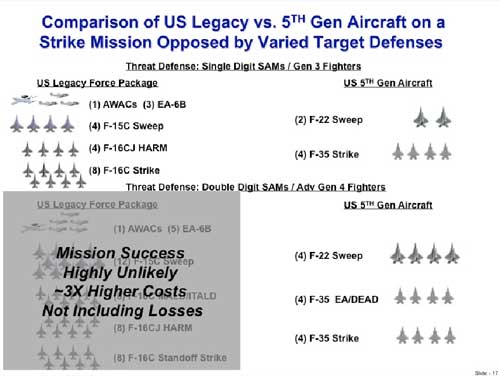Ward makes good points about the Wind Over Deck (WOD) problem and lack of IFR for safe CATOBAR recovery. Also the lack of funds for supporting aircraft like carrier landing trainers and AEW. .
I've generally ignored anything Ward says since reading his account of Tornado losses in Iraq in 1991, which made completely unsubstantiated accusations of cowardice & incompetence by RAF crews (some of them dead), as well as having an account of how most aircraft were lost which contradicted the evidence of survivors, other RAF crews who witnessed some losses, air base personnel, & the post-war investigations, which were able to examine most of the wreckage. His account required a vast conspiracy to cover up the true causes, circumstances & locations of losses. He claimed to have inside information, given to him in confidence.
IFR is an issue if we don't buy any buddy refuelling pods & pay for integration on F-35C. Given the reluctance of the MoD to spend money, & the availability of F-18E buddy refuellers to the USN probably requiring us to fund integration, that's a risk, but it's not definitely decided yet. The pods would be made in the UK, so there'll be industrial lobbying for it.
We'll use USN carrier landing trainers, as the French do.
AEW is depressing, but we'll be no worse off than with F-35B.
A lot of the rest is bollocks.
- He uses arguments in favour of F-18E/F which are equally applicable to F-35C.
- He falsely claims that F-35C for the UK is instead of an F-35A/B mix.
- He claims that F-18 has an inbuilt buddy refuelling capability (doh!).
- He claims that buddy refuelling capability would compromise the stealthiness of an F-35C (er yes - but only while carrying a pod, & it'd then be in the vicinity of a great big carrier, which is not exactly inconspicuous). He says it would need major design modifications, which is nonsense. It might need a redesigned external
tank because of separation issues with tanks used by F-18E, when both tank & pylon are ejected (for stealth) & other external stores are carried - but this can't be an issue with a buddy store, unless it's planned to use it for supporting strikes, rather than recovery.
- He's (probably deliberately) trying to confuse matters with talk of the first carrier not having cat & trap, saying that F-35C won't be able to embark until that carrier is refitted (odd that he doesn't see this as an argument against F-18E), ignoring the second carrier.
- He falsely implies that no E-2D = no AEW at all. He throws into a that a suggestion that E-2D could provide a land-based AEW capability for the RAF. Hey, Sharkey! Never heard of E-3?
-T-45 Goshawk - errr . . . the US will use it to train F-35C pilots, just as it's now used for training Rafale pilots. It isn't tied to the F-18E.
- He plucks numbers out of the air.
Typical Sharkey, in other words. I shouldn't have bothered reading it. There are some sound points, but he shows no signs of understanding which of his arguments have some validity & which are nonsense. His analysis is at Strategypage level.

